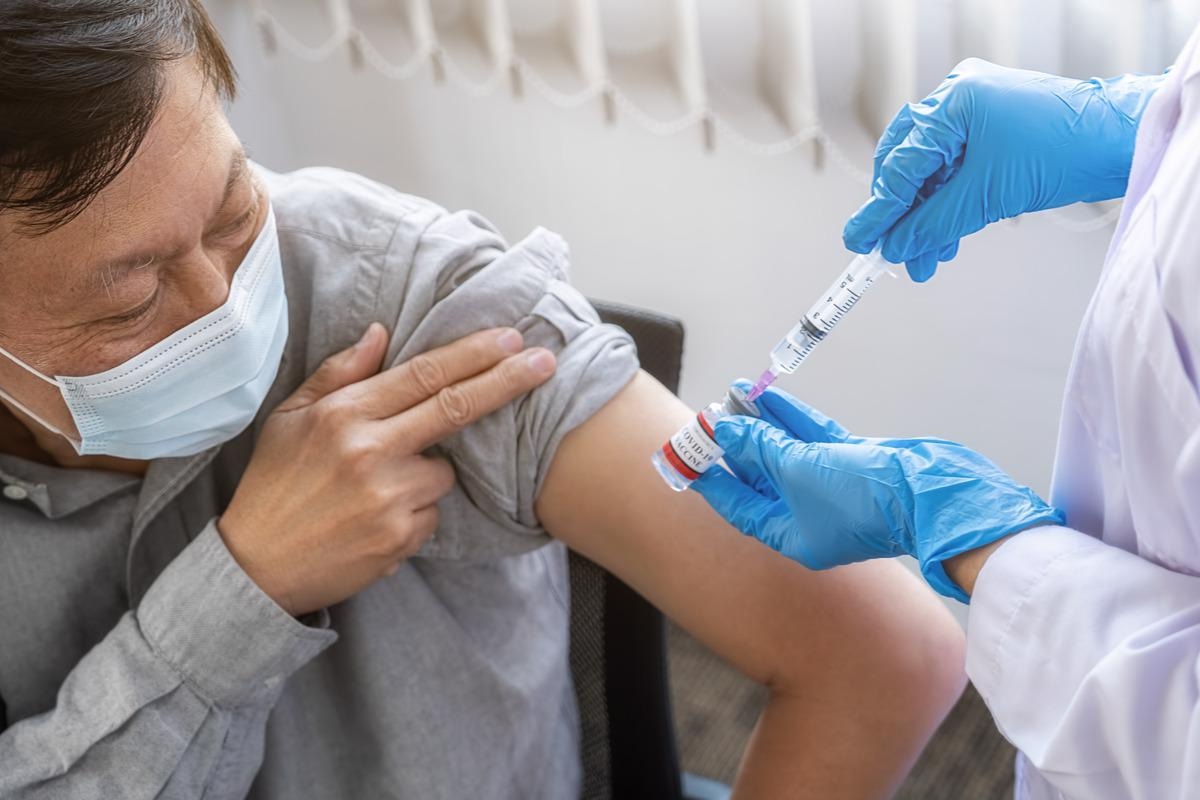A recent study conducted by a team of Germany-based scientists has recently revealed that three consecutive exposures to severe acute respiratory syndrome coronavirus 2 (SARS-CoV-2) spike protein through infection, vaccination, or both can induce strong neutralizing antibodies against a wide variety of viral variants, including omicron.
 Study: Three exposures to the spike protein of SARS-CoV-2 by either infection or vaccination elicit superior neutralizing immunity to all variants of concern. Image Credit: PIC SNIPE/Shutterstock
Study: Three exposures to the spike protein of SARS-CoV-2 by either infection or vaccination elicit superior neutralizing immunity to all variants of concern. Image Credit: PIC SNIPE/Shutterstock
The study has been published in the journal Nature Medicine.
Background
The most recently emerged omicron variant of SARS-CoV-2 has been designated as the variant of concern (VOC) by the World Health Organization (WHO) on November 26, 2021. The variant contains 15 mutations in the spike protein, with some mutations present in the key neutralizing epitopes. This makes the variant highly resistant to antibody-mediated neutralization.
There is real-world evidence highlighting the potency of omicron variant to escape pre-existing immunity and cause breakthrough infections.
To improve vaccine efficacy, many countries have recently started immunizing the at-risk population with a third vaccine dose. Studies investigating the effectiveness of a three-dose vaccination regimen have demonstrated comparatively better protection against emerging viral variants.
In the current study, the scientists have thoroughly estimated the neutralizing potency of hybrid immunity-induced natural SARS-CoV-2 infection and coronavirus disease 2019 (COVID-19) vaccination.
Study design
The study was conducted on 98 COVID-19 recovered individuals (convalescents) and 73 infection-naïve individuals who had received three doses of mRNA-based COVID-19 vaccine developed by Pfizer/BioNTech (BNT162b2). The serum samples were collected from participants after the first, second, and third vaccination to measure anti-spike antibody levels and antibody avidity (overall strength of antigen-antibody complex). The first and second vaccine doses were administered at an interval of three weeks. The third dose was administered nine months after the second vaccination.
Neutralizing efficacy of serum samples was measured against wildtype SARS-CoV-2 and the variants of alpha, beta, gamma, delta, and omicron.
Immunity after vaccination
The analysis of convalescents nine months after infection revealed low levels of neutralizing antibodies against all tested variants. The titer increased significantly (63-fold) after the first vaccination.
In infection-naïve individuals, first vaccination did not cause any increase in neutralizing titers. They showed a significant increase in titers after the second vaccination. However, the levels of antibodies remained significantly lower than those in convalescents. Considering convalescents with either first or second vaccination, a comparable neutralizing titer was observed after four and seven months.
Overall, a lower neutralizing titer was observed against the beta and omicron variants compared to that against other tested variants. Regarding neutralization of the omicron variant, no detectable titer was observed in 40% of naïve individuals and 4% of convalescents seven months after vaccination.
The highest levels of neutralizing titers against all tested variants were observed after the third vaccination in both convalescents and naïve individuals. Particularly in naïve individuals, the third vaccine dose caused a significant induction in neutralizing capacity compared to in the first and second vaccinations. In convalescents, the third dose caused further induction in neutralizing titer.
Considering each variant separately, a 4-fold and 8-fold induction in neutralizing titer against the delta variant was observed after the third vaccination in convalescents and naïve individuals, respectively. Regarding omicron neutralization, more than 14-fold and 42-fold inductions were observed in convalescents and naïve individuals, respectively. Overall, these findings highlight the importance of third vaccination in increasing neutralizing capacity particularly among naïve individuals.
Regarding anti-spike IgG binding antibodies, the highest levels were observed in convalescents and naïve individuals after first and second vaccinations, respectively. Both convalescents and naïve individuals showed a reduction in antibody levels seven months after vaccination, with naïve individuals showing a more rapid decline. About 3-fold and 10-fold induction in binding antibody levels was observed in convalescents and naïve individuals after the third vaccination, respectively.
Antibody avidity
As mentioned by the scientists, the gradual induction in neutralizing capacity observed in the study could be due to an increased binding strength between the antibody and spike protein. The analysis of antibody-antigen binding strength (avidity) in convalescents revealed a step-increase after the first vaccination, which mostly remained stable after subsequent vaccinations.
In contrast, an induction in antibody avidity in naïve individuals was observed seven months after the second vaccination. Naïve individuals achieved an antibody avidity comparable to convalescents only after the third vaccination.
Overall, these findings suggest a correlation between increased antibody avidity and robustness of virus-neutralizing capacity.
Delta and omicron breakthrough infections
A separate set of analyses was conducted on 31 individuals with 16 delta and 15 omicron breakthrough infections. Of participants, 30 received two doses of Pfizer vaccine, and one received a single dose of adenoviral vector-based Johnson & Johnson vaccine.
All participants showed significantly higher neutralizing titers after seven days of breakthrough infections compared to that in twice-vaccinated naïve individuals. The neutralizing titers were comparable to those detected in twice-vaccinated convalescents and triple-vaccinated naïve individuals.
Study significance
The study findings reveal that three consecutive exposures to SARS-CoV-2 spike protein at well-separated intervals are highly sufficient to induce strong neutralizing capacity against a range of SARS-CoV-2 variants, irrespective of the type of exposure (infection or vaccination).